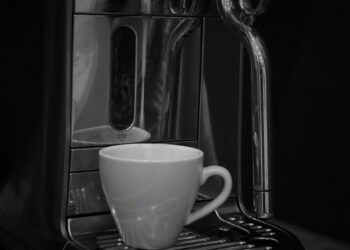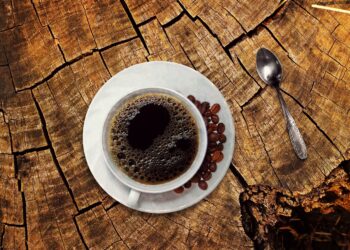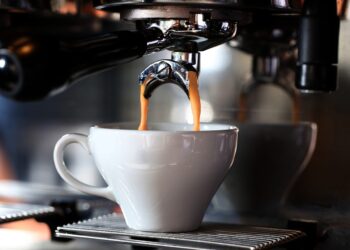Mastering the Art of Coffee Grinding for Optimal Extraction
Achieving the perfect cup of coffee is an art that relies heavily on one crucial process: grinding. Coffee grinding plays a paramount role in influencing the taste, aroma, and overall quality of your coffee brew. In this comprehensive guide, we’ll delve into the subtleties of coffee grinding, offering expert insights and practical tips to help you enhance your brewing skills for optimal coffee extraction.
Understanding Coffee Grind Sizes
Coffee grind size refers to the fineness or coarseness of the coffee grounds produced by grinding coffee beans. The size of the grind directly affects the extraction rate of the flavors and oils from the beans, which in turn influences the taste of your coffee.
- Coarse Grind: Resembling sea salt, coarse grounds are ideal for French press and percolators. The larger grind size allows for a slower extraction, reducing the risk of over-extracting and producing a smoother flavor.
- Medium Grind: Medium grounds are akin to regular sand. This grind size is perfect for drip coffee makers and pour-over methods, like Chemex or Hario V60, providing a well-balanced extraction.
- Fine Grind: Fine grounds look almost like table salt and are best suited for espresso machines. The fine grind allows for a quick, intense extraction, necessary for creating rich and full-bodied espresso shots.
- Extra Fine: This powder-like grind is typically used for Turkish coffee, where the coffee is boiled together with water, allowing the fine particles to fully integrate into the mixture.
Choosing the Right Coffee Grinder
Selecting the proper coffee grinder is the next critical step after understanding grind sizes. Two main types of grinders dominate the market: blade grinders and burr grinders.
- Blade Grinders: These grinders use a spinning blade to chop beans into smaller pieces. While blade grinders are generally more affordable, they often produce uneven grinds, which can lead to inconsistent extraction and flavor.
- Burr Grinders: Burr grinders, on the other hand, crush beans between two abrasive surfaces, or burrs, which can be set to a specific distance from each other to control the grind size. They are favored for their ability to produce uniform and consistent grind sizes, which is essential for optimal flavor extraction.
Tips for Using Coffee Grinders
Regardless of the grinder type, here are some tips to optimize your grinding process:
- Keep it Clean: Regularly clean your grinder to ensure that oil residues and old grounds do not affect the flavor of freshly ground coffee.
- Grind on Demand: To capture the maximum freshness, grind coffee beans just before brewing.
- Adjust According to Taste: Experiment with different grind sizes and brewing times to find the combination that works best for your taste preference.
The Impact of Grind Size on Brewing Time and Temperature
The size of your coffee grounds significantly impacts brewing time and temperature — two factors that are deeply intertwined with extraction rate and overall coffee quality.
- Espresso: Fine grind sizes require short brewing times of around 25-30 seconds at high pressures, which is why espresso machines are built to operate at such parameters.
- French Press: A coarser grind necessitates a longer steeping time, around 3-4 minutes, at a lower temperature to avoid over-extraction, which can result in bitterness.
Common Grinding and Brewing Questions Answered
Can I use a blade grinder for espresso?
While it’s possible to use a blade grinder for espresso, it is generally not recommended due to the lack of consistency in grind size, which can lead to uneven extraction and inferior coffee quality.
How often should I replace my burrs?
Burr longevity depends on usage and the material of the burrs (steel vs. ceramic). Typically, burrs need replacement after grinding 500-1000 pounds of coffee, though this can vary based on the grinder’s design and manufacturer.
What is the best way to store ground coffee?
To preserve freshness and flavor, store ground coffee in an airtight container away from light, heat, and moisture. It’s best used within a few days after grinding.
Conclusion
Mastering the art of coffee grinding is essential for every coffee enthusiast aiming to enhance their brewing skills. By understanding and implementing the nuances of grind size, choosing the right grinder, and fine-tuning the brewing parameters, you can significantly improve the quality of your coffee. Experimentation and practice are key, so continue to refine your grinding techniques to achieve the perfect cup every time.





